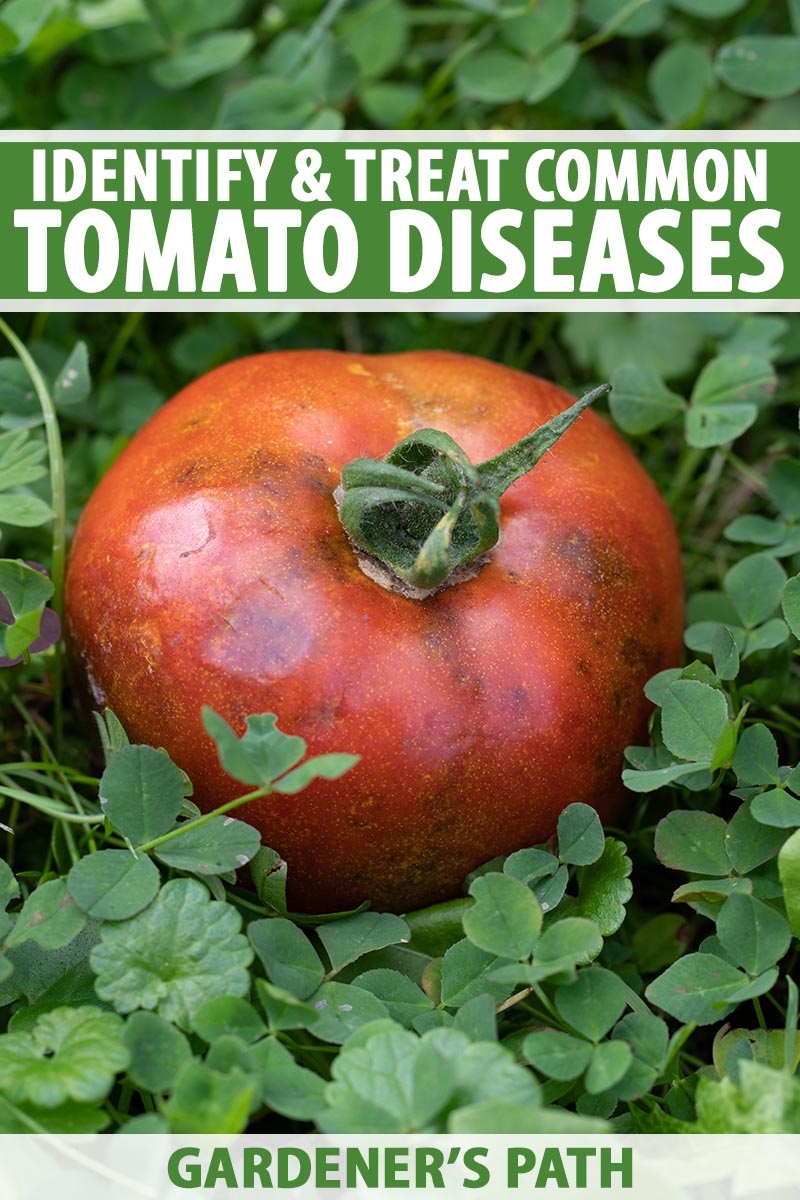Tomatoes are one of the most popular and versatile fruits in the world. They are used in a wide variety of dishes, from salads to sauces to soups. However, tomatoes are also susceptible to a number of diseases that can affect their growth and quality. Identifying these diseases early is key to preventing them from spreading and causing significant damage to your tomato plants.
In this article, we will explore some common tomato fruit diseases and provide pictures to help you identify them in your own garden. By learning to recognize the symptoms of these diseases, you can take appropriate action to protect your tomato plants and ensure a healthy harvest.
Tomato Fruit Diseases Identification Pictures
1. Early Blight: Early blight is a common fungal disease that affects tomato plants. It typically appears as dark, concentric rings on the lower leaves of the plant, which can eventually spread to the fruit. The affected fruit may have dark, sunken spots that can cause them to rot prematurely.
2. Late Blight: Late blight is another fungal disease that can wreak havoc on tomato plants. It usually appears as dark, water-soaked areas on the leaves and stems of the plant, which can quickly spread to the fruit. Infected fruit may develop dark, leathery spots and eventually rot.
3. Septoria Leaf Spot: Septoria leaf spot is a bacterial disease that affects tomato plants. It presents as small, circular lesions on the leaves, which can cause them to turn yellow and eventually die off. If left untreated, the disease can spread to the fruit, causing them to develop dark, sunken spots.
4. Fusarium Wilt: Fusarium wilt is a fungal disease that attacks the roots of tomato plants, preventing them from taking up water and nutrients. Affected plants may wilt and die suddenly, without showing any visible signs of infection on the leaves or fruit.
5. Blossom End Rot: Blossom end rot is a physiological disorder that affects the fruit of tomato plants. It typically appears as dark, sunken spots on the bottom of the fruit, which can be caused by a lack of calcium in the soil or irregular watering practices.
By familiarizing yourself with these common tomato fruit diseases and their symptoms, you can be better prepared to identify and address any issues that may arise in your garden. Remember to practice good gardening practices, such as proper watering and fertilization, to help prevent these diseases from taking hold in the first place. With a little vigilance and care, you can enjoy a bountiful harvest of healthy, disease-free tomatoes.
